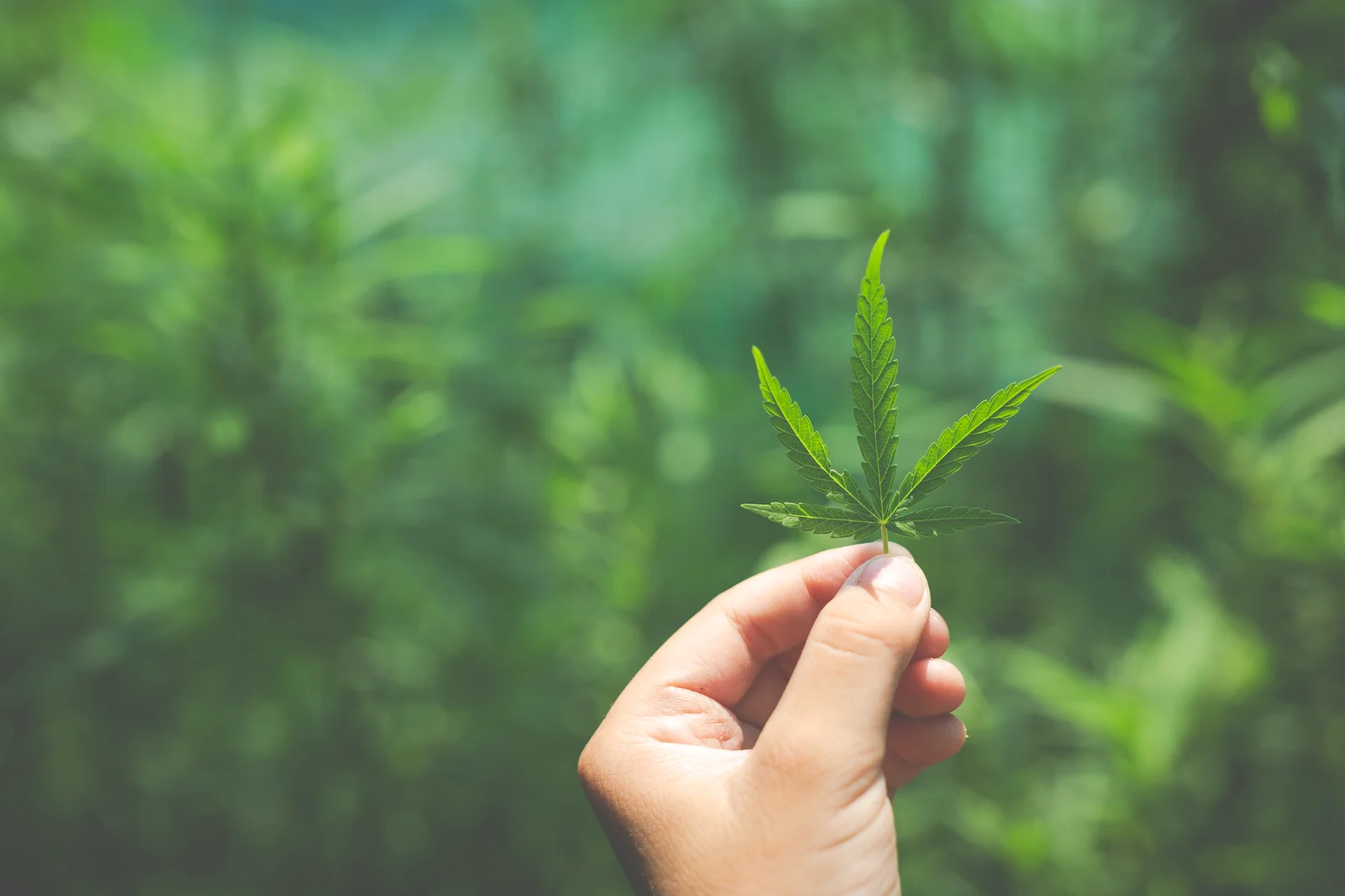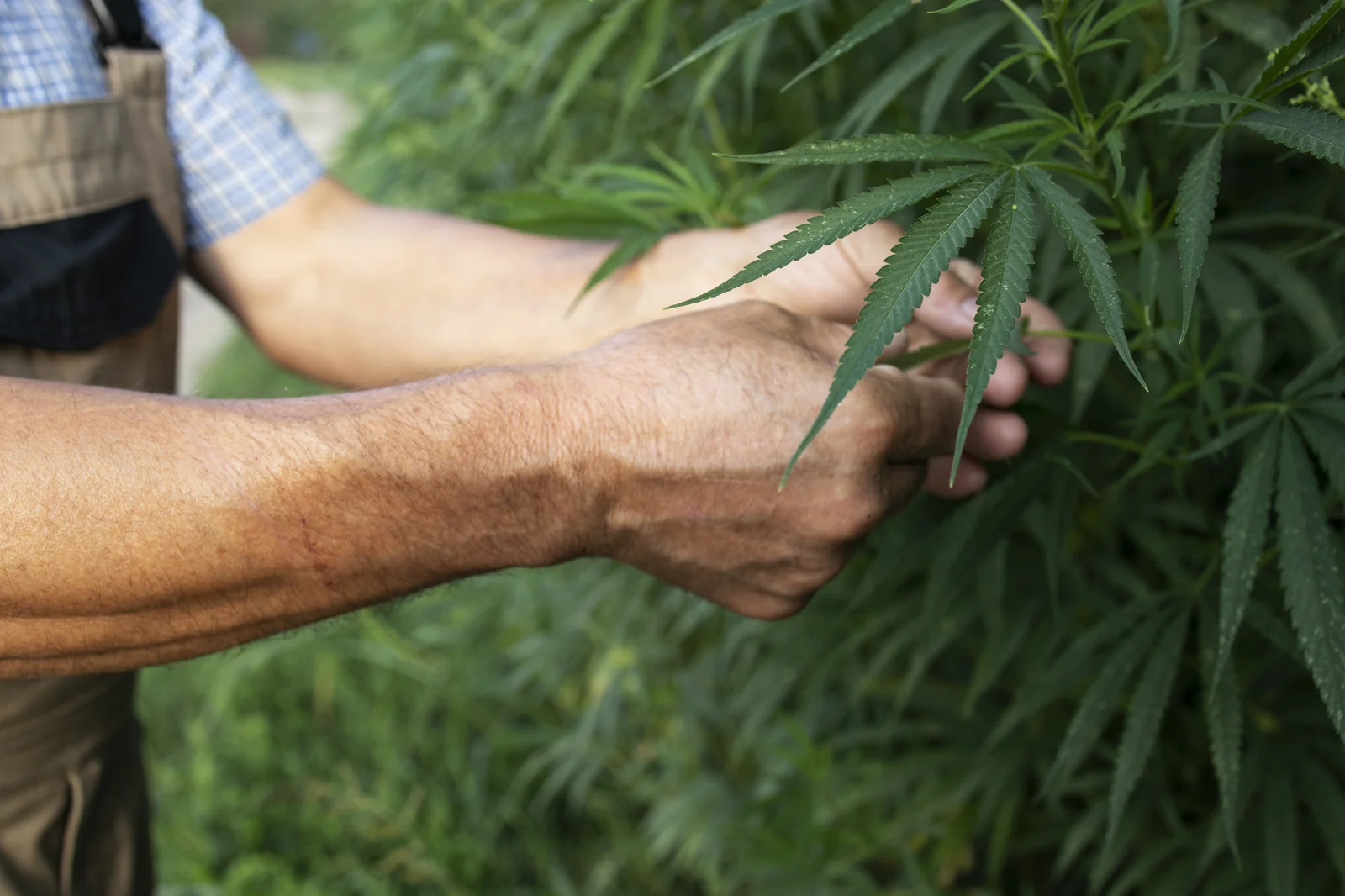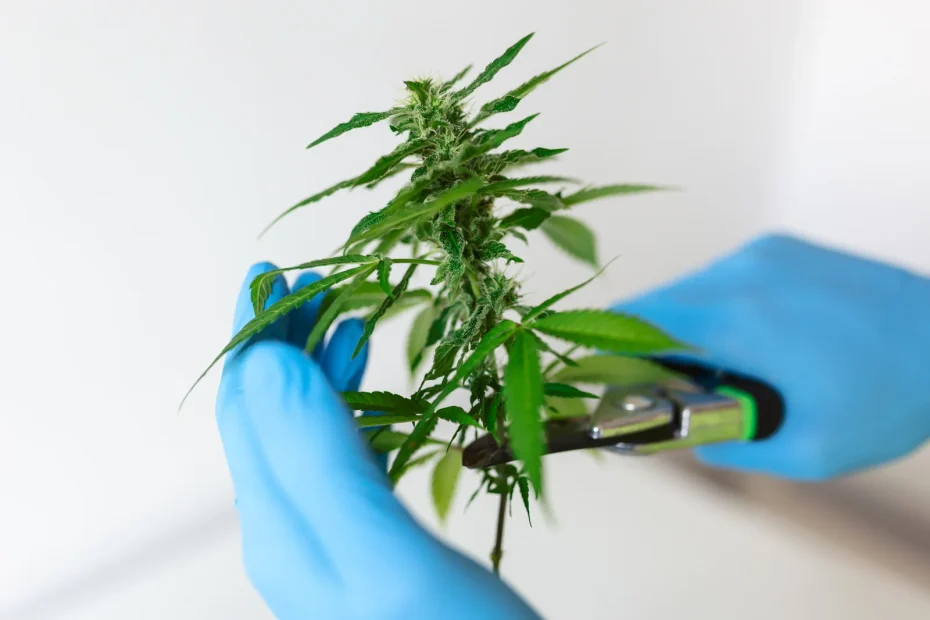Cannabis cultivation is an art form that demands both precision and passion. One of the most vital techniques you’ll need to master is how to prune cannabis plants effectively. Pruning cannabis is not just about snipping away excess foliage; it’s about directing your plant’s energy towards producing larger, healthier buds. This article will act as your comprehensive guide to pruning cannabis, boosting your skills, and ultimately enhancing your yields. If you’ve ever wondered about how to prune a cannabis or marijuana plant, you’re in the right place.
Understanding the Basics of Cannabis Pruning
What is Pruning?
Pruning is the process of selectively removing parts of a plant to encourage healthier growth and improved yields. When applied to cannabis, this technique focuses on removing unnecessary leaves and branches, allowing the plant to concentrate its energy on producing resinous buds.
Why Prune Cannabis?
Pruning marijuana plants not only increases light exposure and air circulation but also minimizes the risk of mold and pests. By learning how to prune cannabis as it grows, you effectively optimize the plant’s natural resources, leading to more robust growth.

Step-by-Step Pruning Techniques
Step 1: Gather Your Tools
Before you start, ensure you have the right tools—clean, sharp pruning shears or scissors to avoid harming the plant.
Step 2: Identify the Areas to Prune
- Lower Branches: Start by removing the lower branches that do not receive adequate light. These are unlikely to produce significant yields.
- Fan Leaves: Trim large fan leaves as they block light and can prevent air circulation. Focus especially on those that are yellowing or unhealthy.
Step 3: Prune During the Vegetative Stage
Pruning is best done during the vegetative stage when the plant is actively growing. This gives the marijuana plant sufficient time to recover and direct energy toward developing a strong structure.
Step 4: Continue Pruning During the Flowering Stage
While more delicate, light pruning can continue into the early flowering stages. Focus on removing any parts that look unproductive or are redundantly sapping energy from potential bud sites.
Step 5: Monitor and Adjust
Regularly check your plants for new growth and potential pruning opportunities. Continuous monitoring allows you to adjust your techniques, ensuring optimal health and productivity.
Frequently Asked Questions
How often should I prune my cannabis plants?
Pruning should be done continuously throughout the vegetative stage and minimally in the flowering stage. Always allow time for the plant to recover between prunes.
Can I prune too much?
Yes, excessive pruning can stress the plant, slowing growth and reducing yields. It’s crucial to only remove what is necessary to encourage healthy development without overwhelming the plant.
Is topping the same as pruning?
Topping is a form of pruning where the main stem is cut to encourage bushier growth. It should be done earlier in the vegetative phase for best results.

FAQ: Pruning Cannabis for Healthier Yields
Pruning is an essential horticultural practice for cannabis growers seeking to optimize plant health and maximize yields. By selectively removing certain parts of the plant, growers can enhance light penetration, improve air circulation, and direct energy where it is most beneficial. Below are detailed answers to frequently asked questions about pruning cannabis plants.
What are the best techniques for pruning cannabis to increase yield?
- Topping: Topping involves cutting off the main stem’s growing tip to encourage the plant to develop more colas (flowering sites). This technique redirects growth hormones to lateral branches, facilitating a bushier plant structure that can support more buds.
- Fimming (FIM): Fimming involves pinching or cutting 75% of the new growth at the top of the plant. This method encourages multiple new growth tips, similar to topping but can result in a higher number of colas.
- Lollipopping: This technique involves removing the lower branches and bud sites that are not receiving enough light. By focusing energy on the upper and well-lit parts of the plant, lollipopping encourages larger and more potent flowers.
- Selective Pruning: Periodically trim fan leaves or small branches that block light from reaching the inner and lower parts of the plant. This selective removal promotes better light distribution and airflow, helping to prevent mold and mildew.
- Defoliation: This involves removing excess fan leaves, especially during the flowering stage, to allow better light penetration and airflow, which can improve the quality and size of the buds.
At what stage of growth should I start pruning my cannabis plants?
- Vegetative Stage: Begin pruning once your plants have developed 3-5 nodes. At this stage, they are strong enough to handle stress but young enough to recover quickly and adjust to the changes.
- Flowering Stage: Prune sparingly and only during the early flowering stage. Avoid heavy pruning after the plant has started developing buds, as this can stress the plant and potentially reduce yields.
What are the risks and benefits associated with pruning cannabis plants?
Benefits
- Increased Yields: By improving light and energy distribution, pruning can result in a higher number of bigger and healthier buds.
- Improved Air Circulation: Removing excess foliage reduces the risk of mold and pests, as there is better airflow around the plant.
- Enhanced Light Penetration: Pruning allows light to reach lower branches and buds, promoting even growth throughout the plant.
Risks
- Stress: Pruning can stress the plant, potentially stunting growth if not done properly or excessively.
- Infection: Wounds from pruning can introduce pathogens. It’s crucial to use sterilized tools.
- Timing Mistakes: Pruning too late in the flowering stage can reduce yields.
How frequently should I prune my cannabis plants for healthier yields?
- Initial Pruning (Vegetative Stage): Start with light pruning after the plant develops 3-5 nodes, then continue more aggressive pruning every 5-7 days as the plant grows. This allows for recovery time and ensures continuous healthy growth.
- Maintenance Pruning: During the flowering stage, focus on maintenance pruning by removing yellowing leaves, and only lightly trimming new fan leaves that obstruct light. Perform this maintenance every 1-2 weeks.
In summary, successful pruning of cannabis plants enhances yield and quality by ensuring optimal plant structure and health. It requires careful attention to timing and technique. Remember, the key is to encourage the plant’s natural growth patterns without compromising its ability to recover and flourish. Always use clean tools and monitor the plant’s response to ensure the best results.
Conclusion: Mastering How to Prune Cannabis
Pruning cannabis is an essential skill for any cultivator aiming for healthier yields. By understanding how to prune cannabis plants effectively, you encourage better air circulation, light penetration, and overall plant health. Starting with essential tools and techniques, monitoring plant health, and knowing when and how much to prune will set you on the path to successful cannabis cultivation. With practice and careful attention, you’ll soon see the benefits reflected in your plant’s yield and quality.
Cultivating cannabis is as rewarding as it is complex, and pruning stands as a cornerstone of that journey. Embrace this process, refine your technique, and watch your plants thrive, producing abundant, potent buds.
Streamline Cannabis CultivationAbout GrowerIQ
GrowerIQ is changing the way producers use software - transforming a regulatory requirement into a robust platform to learn, analyze, and improve performance.
To find out more about GrowerIQ and how we can help, fill out the form to the right, start a chat, or contact us.

